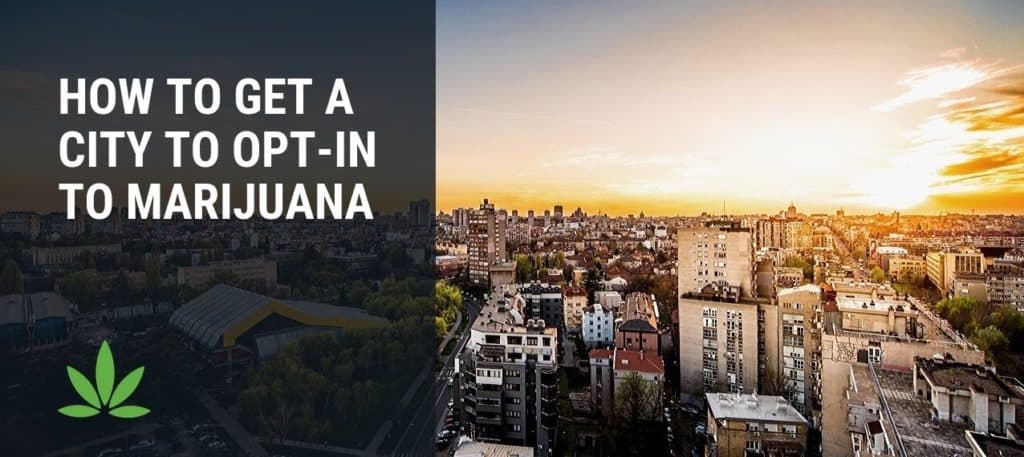
By Jordan Isenstadt
Editor’s Observe: This opinion piece is reprinted with the consent of the creator. It initially appeared within the NY Every day Information on Nov. 17.
Ever since Gov. Hochul ascended to the highest job in August, there was much-needed momentum towards establishing New York’s leisure hashish market. Regardless of the passion for the nascent sector — a sector that’s earned the help of practically two-thirds of New Yorkers — there are native debates raging everywhere in the state, as localities take into account opting out of hashish retail and on-site consumption.
With the deadline to resolve — Dec. 31 — quick approaching and the way forward for this once-in-a-generation alternative to create a brand new productive and equitable market sector nonetheless unsure in cities, villages and hamlets throughout the state, it’s vital we face the details and dispel the disinformation and myths that riddle the hashish dispensary debate. (And right here’s a disclosure up entrance: I revenue from the enlargement of the hashish enterprise in our state.)
Authorized hashish doesn’t make it likelier minors will smoke
It’s mentioned that hashish legalization results in elevated entry to teenagers and minors, however that couldn’t be farther from the reality. The final word aim of hashish legalization is to place the illicit market, which is extra accessible to minors, out of enterprise.
Legalization makes hashish tougher to acquire. Anybody who has visited a authorized hashish dispensary, whether or not medical or leisure, will let you know that nobody beneath the age of 21 is allowed to enter.
In keeping with a research by JAMA Pediatrics, legalized leisure hashish was related to an 8% decline in teenagers reporting making an attempt hashish within the earlier 30 days and a 9% lower in teenagers reporting frequent use. Knowledge from the CDC’s Youth Risk Behavior Surveillance System equally indicated that legalization had no impression on marijuana use amongst younger folks.
Hashish will not be a gateway drug
Popularized within the Eighties, the “gateway drug” principle, which each former Gov. Andrew Cuomo and President Biden have just lately repeated, posits that hashish customers will inevitably go on to abuse tougher medication. Whereas many individuals who are suffering from substance abuse have used hashish, there isn’t a proof that pot smoking was the trigger. In a latest research within the Journal of Experimental Criminology, researchers famous that hashish use is “not a dependable gateway reason behind illicit drug use” and additional concluded that prohibition doesn’t scale back illicit drug consumption.
Even the U.S. Nationwide Institute on Drug Abuse doesn’t help the gateway principle. In keeping with their 2020 factsheet, “the bulk of people that use marijuana don’t go on to make use of different ‘tougher’ substances.” There are even provisional signs that authorized hashish is linked to decrease opioid mortalities, instantly contradicting prohibitionists’ dire warnings.
Hashish doesn’t result in a rise in crime
It’s generally believed that authorized hashish results in a rise in crime. Nonetheless, a 2017 study, printed within the Journal of City Economics, discovered that dispensary closures precipitated practically a 12% improve in crime in surrounding areas, main researchers to conclude that dispensaries make neighborhoods safer. Further research, together with one from 2019 printed in Regional Science and Urban Economics, have indicated that crime charges drop considerably when states transition from hashish prohibition to adult-use legalization.
Amongst many causes areas grow to be safer when a hashish dispensary strikes in is that dispensaries are protected and safe neighbors. Rules range, however practically each state requires hashish retail areas to keep up ample safety protocols to guard clients and merchandise, creating extremely protected areas.
As well as, hashish retail can truly improve property worth. A 2018 Cato research brief verified that houses inside a brief distance of a hashish dispensary skilled a big improve in worth. One other study, which collected knowledge from Zillow and U.S. Census inhabitants estimates, confirmed that “cities that enable retail dispensaries noticed residence values improve $22,888 greater than cities the place marijuana is unlawful from 2014 to 2019.”
Authorized hashish doesn’t trigger extra site visitors accidents
Many residents of suburban communities positioned alongside freeway networks categorical issues that hashish legalization will lead to extra site visitors accidents. Whereas there’s actually a necessity for extra analysis over an extended time period, the early data from states which have authorized hashish reveals no proof that hashish alone will increase site visitors accidents, and may very well scale back danger.
Earlier this yr, two economists from the College of Colorado at Denver and Montana State College carried out a comprehensive review of public well being penalties of hashish legalization, encompassing dozens of printed research. On site visitors security, they discovered that “street security improves when medical marijuana is legalized,” noting hashish as a helpful substitute for alcohol and opioids (each statistically result in impaired driving).
Because the wave of legalization continues, the misunderstandings about hashish in our communities will slowly fade away. Whereas it could take years, probably a long time, earlier than these stigmas are eradicated, the actual fact is that hashish is right here now, and the most suitable choice for municipalities round New York and the nation is to correctly regulate the sale and consumption of authorized hashish, similar to we do for alcohol.
Isenstadt is a senior vp at Marino, a New York Metropolis-based public relations company, the place he leads a workforce centered on a burgeoning portfolio of cannabis-focused manufacturers. He serves as a member of the City of North Hempstead Hashish Process Drive.











